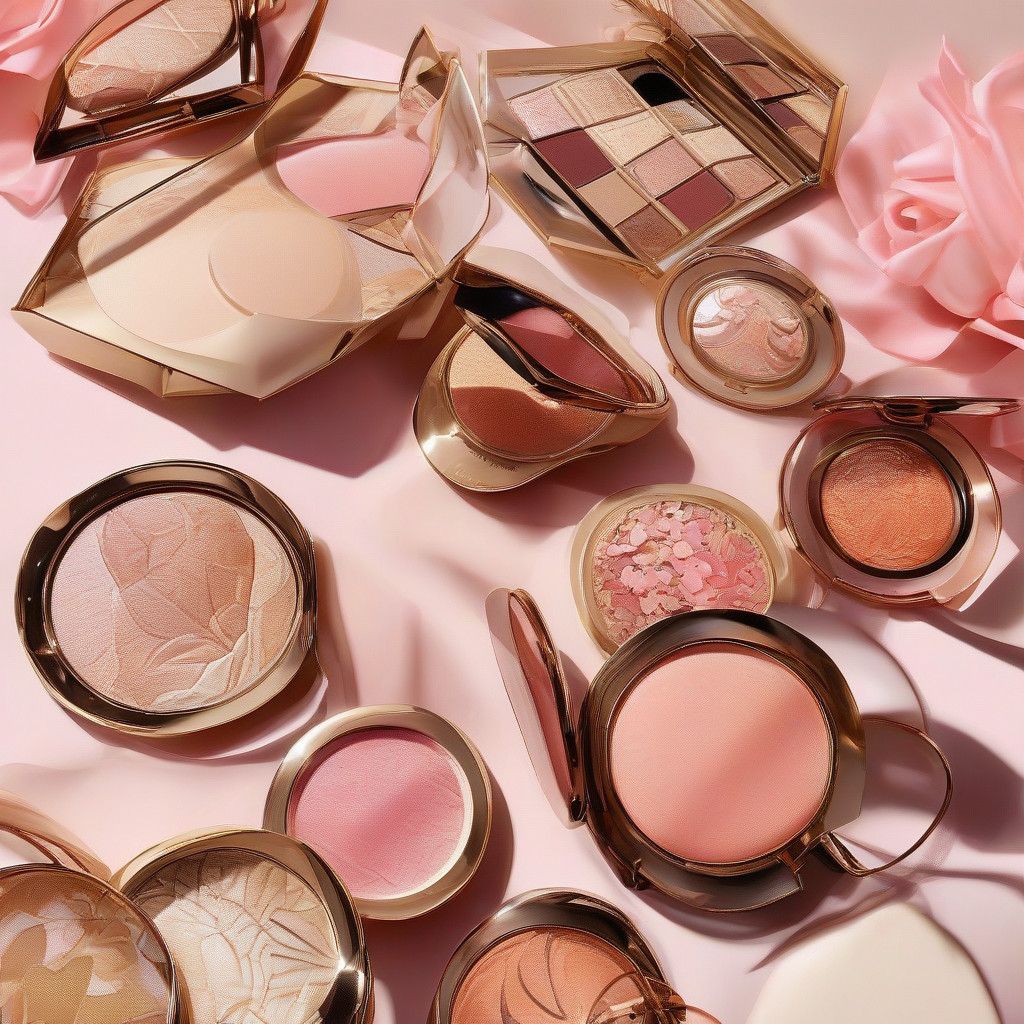Sales of “beauty bags” are booming. Is it Carrie Bradshaw’s fault?
In an era where celebrity influence shapes consumer behavior, the rise of designer makeup cases as a status symbol can be traced back to iconic media figures like Sarah Jessica Parker. Often seen clutching the luxurious Louis Vuitton Pochette, the traditional makeup pouch has evolved into a sought-after accessory. Fueled by nostalgia and current trends, beauty bags are emerging not just as practical items for organizing cosmetics, but as luxurious status symbols.
At the heart of this movement is the luxury beauty case, signifying a blend of functionality and chic design. Brands such as Saint Laurent and Bottega Veneta have tapped into this market. For instance, the Saint Laurent Gaby vanity case, which retails for $1,200, epitomizes this trend. It combines high-quality materials with an recognizable brand emblem, offering consumers a taste of luxury at a comparatively lower price than traditional handbags.
With purse prices rocketing to unseen heights, many consumers feel the pinch of financial constraints while still desiring the allure of luxury. This scenario has led to a clever workaround among fashion-savvy consumers. Youth on platforms like TikTok have made waves, purchasing more affordable beauty products, then turning their packaging into faux designer accessories. A notable trend involves transforming Chanel Beauté’s lipstick set packaging into stylish crossbody bags.
Furthermore, the recent surge of social media has birthed an enthusiastic DIY culture. Users share innovative ideas for metamorphosing simple pouches into designer-like pieces. This adaptability fuels interest in beauty bags, allowing brands to market their products as versatile fashion items.
Topics have arisen around the aesthetic appeal of these beauty bags, showcasing how they can act as accessories in their own right. For example, women have been turning classic perfume bottles into fashion-forward bag charms, mimicking the luxurious brand status without the steep price tag. This phenomenon illustrates that allure and status are no longer tied solely to what is inside the bag; the bag itself has become an integral component of personal style.
Emerging brands are amplifying this trend by creating their own take on beauty bags. For instance, Apothékary recently launched a line in Ulta Beauty, combining natural wellness with stylish packaging. Their strategy illustrates a shift in consumer mindset: attractive packaging doesn’t just need to hold beauty products, it can also reflect wellness trends and lifestyle choices.
The demographic driving this trend shows a clear preference for aesthetically pleasing items mixed with affordability. Millennials and Gen Z shoppers are increasingly conscious of their spending but still wish to project a unique style, prompting brands to innovate. Beauty companies that fail to acknowledge this trend risk missing out on a significant consumer base that values both practicality and image.
This resurgence of the beauty bag is further confirmed by product launches across various brands, demonstrating their commitment to meeting consumer demands. Brands like Rhode Beauty and Lancôme are notable in this space. They have launched products that appeal to both younger shoppers and loyal beauty enthusiasts.
The appeal of these bags lies in their ability to fill a gap in the luxury market. They provide a pathway for consumers to partake in luxury culture without breaking the bank. Surprisingly, this trend does not revolve solely around high prices; it encompasses the creation of accessible luxury that invites consumers of varying budgets to participate.
As beauty brands adapt, they must keep an eye on the social media trends that are rapidly shifting consumer behavior. Engaging influencers and adapting marketing strategies are key to remaining relevant in the competitive beauty landscape. The focus is on constructing brand narratives that speak to the lifestyle desires of consumers while maintaining the allure of exclusivity.
Moreover, these beauty bags serve as a reflection of the changing societal norms around beauty and identity. They capture the imaginations of consumers who seek to express themselves through their beauty rituals. This speaks not just to the product itself, but to a larger cultural dialogue regarding beauty standards and personal style in contemporary society.
The ongoing evolution of beauty bags will be interesting to watch as they continue to morph into essential items within our everyday lives. The right beauty bag is not just about travel convenience; it embodies lifestyle and individual expression. Consequently, beauty brands that can align their messaging and products with these shifts will thrive in the market.
As we venture forward, expect to see an increase in creative collaborations and innovative designs that cater to the allure of the beauty bag. After all, the next transformation in beauty status could very well be in the bags we’re carrying.












